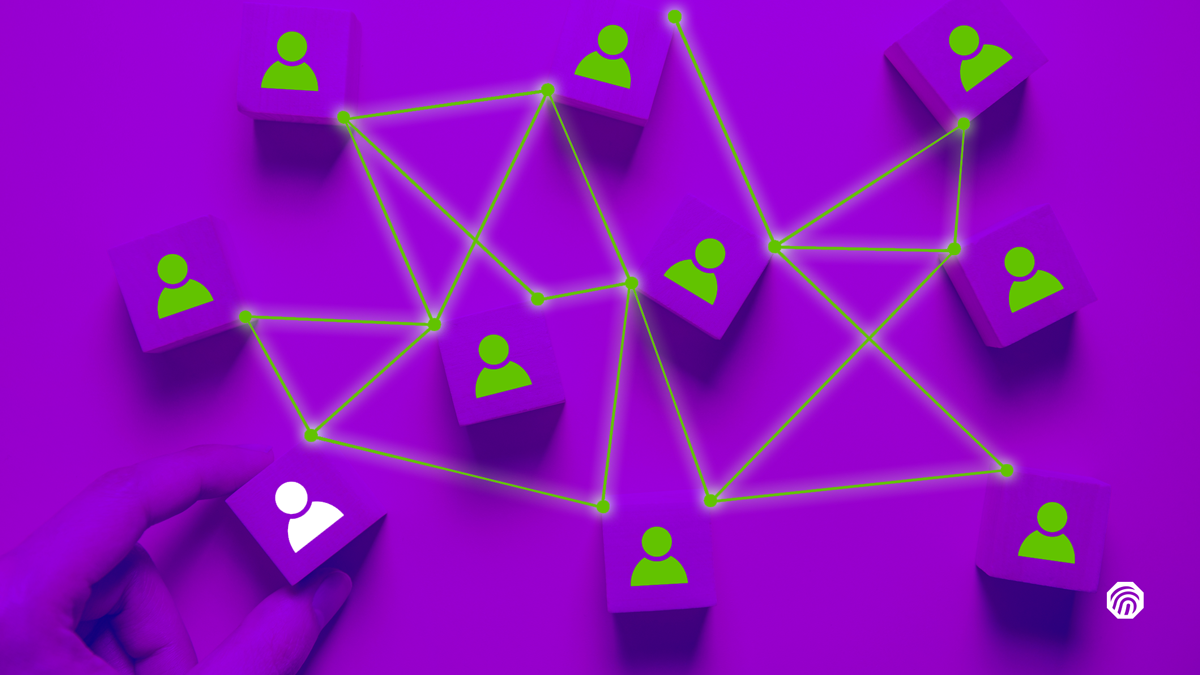Chances are, as a sophisticated marketer you are already well aware of the benefits of social media for your brand. You’re likely spending a fair amount of money on photo shoots and copywriting for your social content, and you may employ an agency partner to help with some of the social media duties on your plate. Maybe you even have a marketing staff member who is focused on your brand’s social presence and engaging your followers and fans. You may even have the capability to spend time or effort encouraging your retailers to re-share your content or post more about your brand.
If you happen to represent multiple brands across your business’s portfolio, your costs likely increase by carrying the banner for the multiple brands (and fans) under your purview.
Additionally, you are likely spending resources and real dollars in paid digital media, whether that’s on PPC, display advertising, email campaigns, or paid social. Organizing and funding those efforts is costly and time-consuming, but you’re likely able to re-utilize a lot of those valuable assets across radio, television, magazines, mailers, trade shows, emails, blogs, social posts, and more. Reusability, though, doesn’t help the real costs that you pay for placement to platforms like Google and Facebook.
For a small portion of what is probably the largest part of your budget—paid media—you can allocate to a channel that you know works and that is hyper-targeted like no other: organic social on your retailers’ social pages.
Think about this: how much do you have to spend on CPM upcharges to find your target audience? Depending on how niche your products or services are or where you offer them, you likely have to layer in several targeting components to get to the right audience. Layers for things like geographic targeting, affinity targeting, in-market targeting, interest-based targeting, and demographic targeting typically come with premiums across various ad placement platforms, and oftentimes if your targeting is too niche, even if you are willing to pay for the upcharge, you may not have the option if the audience is too small.
All of these various layers of targeting can drive your CPM up quickly, and they still may not be right for finding your next brand advocate. Now imagine if you could target your audience down to the people who not only follow your brand, but the people who follow your competitors’ brands too, and at the local level? That is the audience that you get when you are pushing your content through to your local retailer’s social page. Not only are they heavily invested in the vertical you serve, but they are so invested that they are a fan of your local retailer’s social page. There is no better, more likely audience to find your next customer than these die-hard fans.
For a fraction of what you would pay to target this audience across any digital channel, you can tap into the audience of your local retailers to push your message to your most likely next customer. Consider footing the costs for your retailers completely, since you have complete control over the messaging, the timing, and the frequency. By gaining access to your retailer’s social page, you can effectively own their digital shelf space for your industry and all of the fans that come with it.
On average, the total number of fans of retailers’ social pages equates to more than three times the number of fans of the brand’s existing social pages. While you will no doubt have crossover fans between your brand page and your retailers’ pages, you’re also going to have fans of that local retailer that love them because of your competitors they carry or the symbiotic brands they carry that are tangentially related to your brand.
You already know the potential your retailers have for your brand with the physical shelf-space your team works so hard to expand; don’t forget the untapped potential of your retailer’s digital shelf space too.


